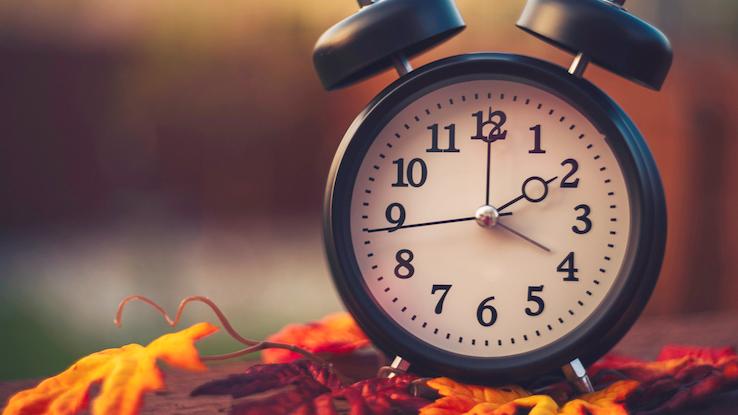
When Daylight Saving Time ends in November, the clocks “fall back” and you gain an extra hour. But just like when you “spring forward” and lose an hour in March, this autumn time shift can wreak havoc on your internal clock.
Your body’s circadian rhythms are 24-hour cycles that control hormones, mood and sleep-wake cycles. And when these get thrown off by an hour, it can cause unexpected health effects. Learn about the effects of the fall time change and how you can protect your health.
Falling Back Can Mess with Your Sleep Schedule
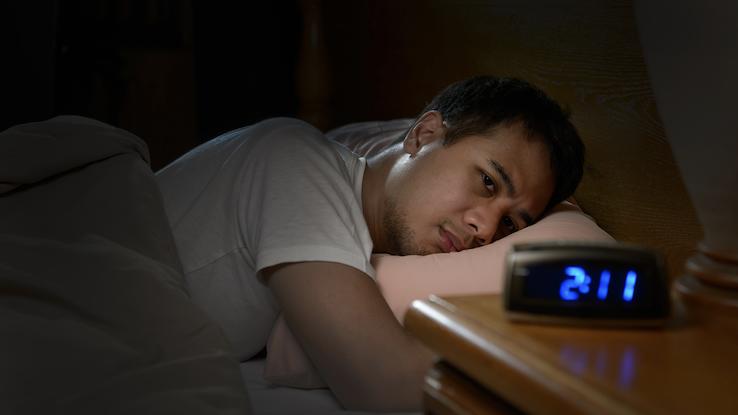
Sleep problems are the most common effect of seasonal time changes. Though sleep deprivation happens more often after the spring shift, the fall shift can cause sleep issues too. That’s because people may find it hard to fall asleep and wake up at their regular times after the clocks change.
This mismatch between your internal clock and your alarm clock can lead to insomnia and other sleep problems. And it can take several days or even weeks for your body to adjust to the time change. So even though you’re “gaining” an hour overnight, you may actually get less sleep or lower quality sleep following the end of Daylight Saving Time.
The End of Daylight Saving Time Is Linked to Depression
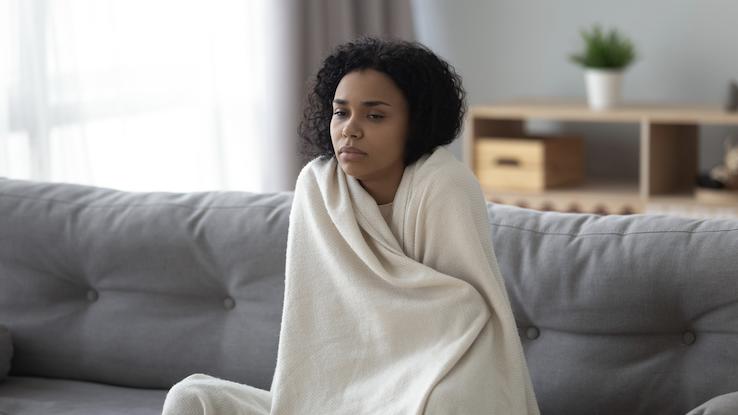
When the clocks fall back in November, the days are already getting shorter. And the time change means that, for many people, it’s already dark outside when the work day ends. So unless you’re an early bird who’s out soaking up the rays in the morning, you’re probably getting a lot less sunlight after the clocks change.
Lack of sunlight is linked to a type of depression called seasonal affective disorder (SAD), sometimes called the winter blues. Researchers have also found that more people experience depressive episodes in the weeks following the end of Daylight Saving Time.
Is it the Time Change or Something Else?
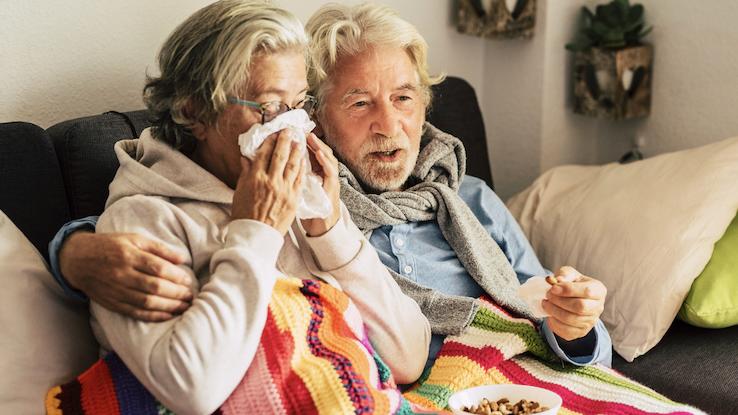
Many people experience several different problems around the time when the clocks change. November is cold and flu season, after all. You may also notice joints aching more this time of year, along with feelings of seasonal depression. But are these problems related to changing the clocks, or is it something else?
The time change may not directly lead to an uptick in cold and flu cases. But less daylight leads to people spending more time indoors in the evenings — and that means more time in enclosed spaces where cold and flu germs can spread more easily.
The lack of the sunlight can also lead to a deficiency in vitamin D, which can make bones and joints ache and can also raise the risk of seasonal affective disorder. So while the time shift may not be to blame for all your health problems this time of year, it probably isn’t helping.
Take Steps to Stay Healthy After Daylight Saving Time Ends
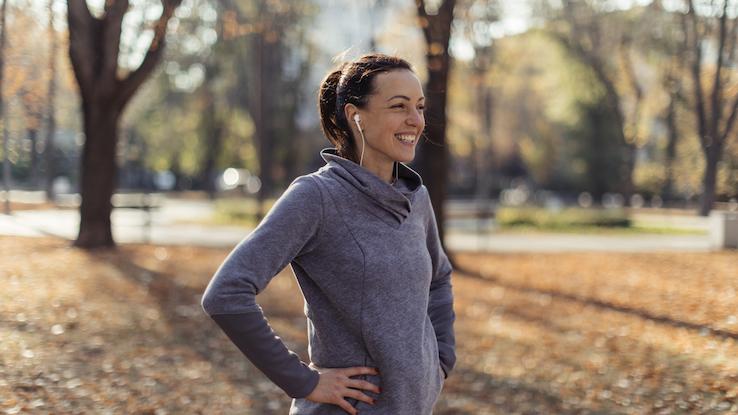
You may not be able to avoid the time change in the fall, but you can take steps to reduce the effects on your health. Follow these tips to improve your sleep schedule and support your mood:
- Spend at least 10 minutes a day outside in the sunshine. This can increase vitamin D levels and lower your risk of seasonal depression.
- Be active. Regular exercise can improve your sleep and mood, so try fitting a little more physical activity into your day. Walking more is a good way to start.
- Set a healthy sleep pattern by sleeping and waking at the same time each day. It may take a week or so to adjust to the new time, but resist the urge to stay up late or nap during the day.
Falling back from Daylight Saving Time can be frustrating, but you can take steps to feel better — even during the shortest days of the year.
Resource Links:
- “Measurable Health Effects Associated with the Daylight Saving Time Shift” via PLOS Computational Biology
- “Daylight Saving Time, Circadian Rhythms, and Cardiovascular Health” via Internal and Emergency Medicine
- “Why Should We Abolish Daylight Saving Time?” via Journal of Biological Rhythms
- “Daylight Saving Time Transitions: Impact on Total Mortality” via International Journal of Environmental Research and Public Health
- “Daylight Savings Time Transitions and the Incidence Rate of Unipolar Depressive Episodes” via Epidemiology





